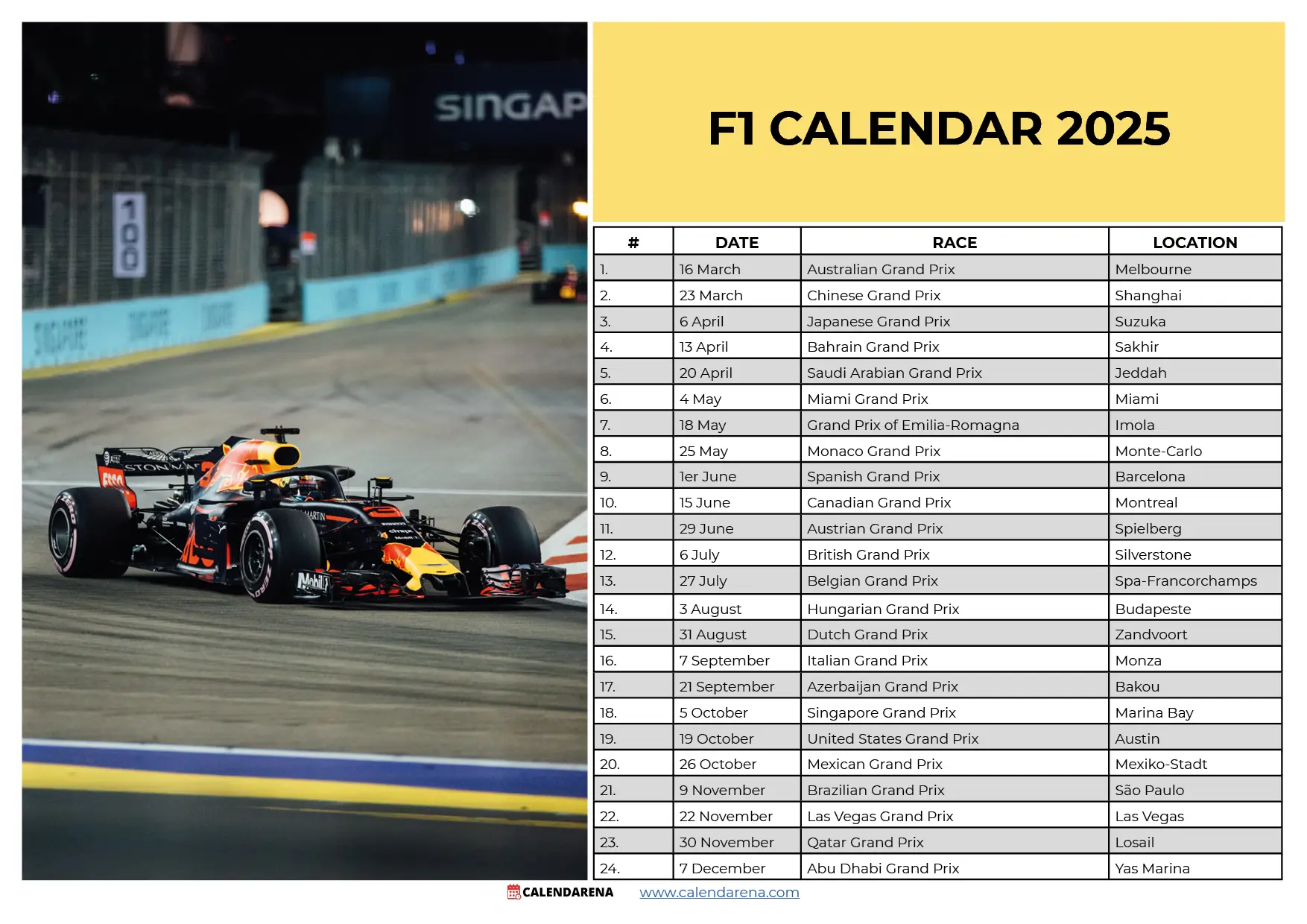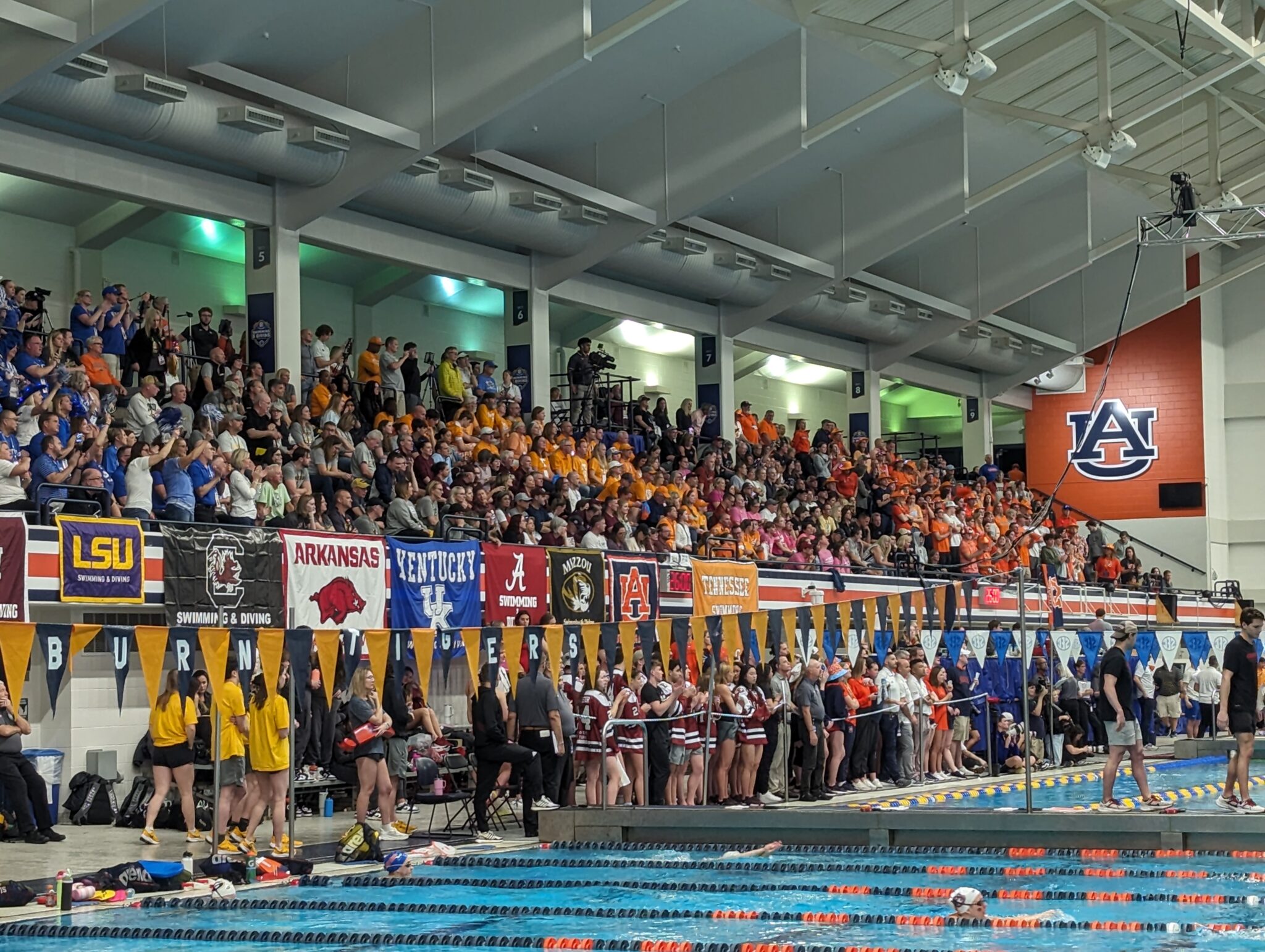
Figure Skating Jump Techniques: A Deep Dive into the Mechanics and Mastery
Figure skating, a captivating blend of athleticism, artistry, and grace, hinges significantly on the execution of jumps. These aerial maneuvers, seemingly effortless in the hands of elite skaters, represent years of dedicated training and a precise understanding of biomechanics. This article delves into the intricate techniques behind various figure skating jumps, exploring the phases involved, common challenges, and the subtle nuances that distinguish a good jump from a great one.
Understanding the Phases of a Jump
Every figure skating jump, regardless of its complexity, can be broken down into several distinct phases:
-
The Takeoff: This crucial initial phase sets the stage for the entire jump. It involves a series of preparatory movements, culminating in a powerful, explosive push from the ice. The skater utilizes their legs, core, and arms to generate the necessary rotational momentum and height. The precise positioning of the body, the timing of the edge change, and the power generated all contribute to the success of the takeoff. Different jumps require different takeoff positions and techniques. For example, a toe loop begins with a forward outside edge, while an axel starts from a backward outside edge.
-
The Rotation: Once airborne, the skater initiates the rotation, utilizing a combination of arm movements, leg actions, and core engagement. The arms are often used as counterweights, aiding in the controlled acceleration of the rotation. The tucked position, with knees drawn towards the chest and arms held close, minimizes air resistance and facilitates a faster spin. The speed and precision of the rotation are paramount, impacting the overall quality and execution of the jump.
-
The Air Position: This is the phase where the skater achieves the highest point of their jump. The ideal air position is a compact, stable posture that allows for efficient rotation and a smooth landing. The skater aims for a symmetrical and balanced position, with their body aligned to minimize energy loss.
-
The Landing: The landing is arguably the most challenging phase. It requires a precise execution of the edge, the skater’s body positioning, and the absorption of the impact. The skater aims for a controlled landing on one foot, ideally maintaining balance and flow into the subsequent elements of the program. A clean landing is crucial for maintaining momentum and preventing falls.
Types of Figure Skating Jumps
Figure skating jumps are categorized into different types, primarily based on the takeoff edge and the number of rotations. The most fundamental jumps include:
-
Toe Loops: These jumps begin with a forward outside edge and utilize a toe pick for propulsion into the air. They are considered relatively easier to learn than other jumps, making them a staple in early training.
-
Loop Jumps: Similar to toe loops, but with a backward outside edge takeoff.
-
Salchows: These jumps initiate from a backward outside edge, utilizing a forward outside edge to generate the lift.
-
Lutz Jumps: Characterized by a backward outside edge takeoff, but with a forward inside edge to propel the skater upwards. Often considered one of the most difficult jumps to master due to the precise edge requirements.
-
Flips: Starting with a forward inside edge, these jumps require a powerful edge change mid-air to initiate the rotation.
-
Axels: The only jump taken off a forward inside edge, the Axel requires a half-rotation in the air before completing the full rotation. This added complexity makes it one of the most challenging jumps in figure skating.
Advanced Jump Combinations and Sequences
Beyond the basic jump types, advanced skaters incorporate complex combinations and sequences. These often involve multiple jumps linked together with seamless transitions. Common combinations include double-double jumps, triple-triple jumps, and even quadruple jumps in the case of elite skaters. The execution of these combinations demands exceptional precision, timing, and stamina. The difficulty is further compounded by the need to maintain speed, control, and artistic expression throughout the sequence.
Challenges and Common Errors in Jump Execution
Mastering figure skating jumps requires overcoming various technical challenges:
-
Rotation problems: Insufficient rotation, under-rotation, or over-rotation are common issues. These often stem from improper takeoff technique, inefficient use of body rotation, or poor air position.
-
Landing difficulties: Falling or landing on two feet, known as a "two-foot landing," indicates problems with edge control, balance, and leg strength.
-
Edge Errors: Incorrect takeoff edges are common errors that can significantly affect the quality and success of the jump. Precise edge usage is essential for generating the necessary lift and rotation.
-
Timing and Coordination: The intricate coordination of arm movements, leg actions, and core engagement requires precise timing. Improper timing can lead to loss of momentum and incomplete rotation.
-
Strength and Conditioning: Powerful leg muscles, strong core, and flexible body are essential for generating the necessary power for jumps. Insufficient strength and conditioning can lead to fatigue and poor jump quality.
Improving Jump Technique
Improving jump technique involves a multifaceted approach encompassing:
-
Fundamental Skill Development: Mastering basic skating skills such as edges, turns, and spins is foundational for jump training.
-
Progressive Training: Gradually increasing jump difficulty and complexity allows for a controlled learning process.
-
Biomechanical Analysis: Coaches and specialists may use video analysis to identify and correct technical flaws.
-
Strength and Conditioning: Regular strength training, flexibility exercises, and conditioning routines are vital for enhancing jump performance.
-
Mental Preparation: Maintaining focus, confidence, and mental resilience is crucial for successful jump execution.
Conclusion
Figure skating jumps are a testament to the dedication, skill, and precision required in this demanding sport. The mastery of jump techniques involves a profound understanding of biomechanics, years of rigorous training, and a tireless pursuit of perfection. While the apparent ease of elite skaters’ jumps is mesmerizing, it belies the complex physics and intricate techniques that underpin every successful execution. This article only scratches the surface of this fascinating area, but it provides a valuable insight into the artistry and athleticism that define figure skating.

/peggyfleming-56b249fd5f9b58def9c863f8.jpg)

